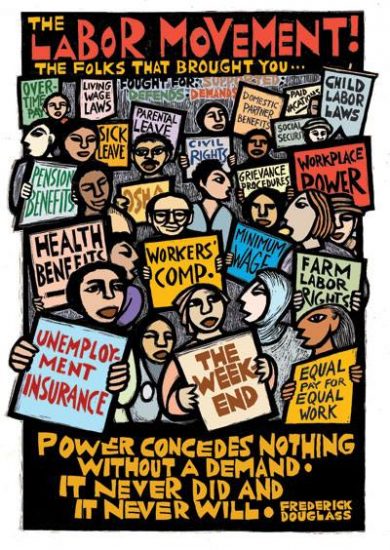
By Ricardo Levins Morales. Click image to order poster. Do not reprint without permission of artist.
This Labor Day comes in the midst of union victories — and ever-increasing challenges for workers — including teachers.
What could be more important for our students than to learn that progress toward greater justice has occurred only when people have organized together and fought for it?
But the right to teach about that labor history is jeopardized by the right wing’s “anti-CRT” bills.
The Zinn Education Project continues to offer free lessons on labor history and to campaign for teachers’ right to teach.
Find examples below of free lessons and other resources about labor history, including selected “This Day in People’s History” stories.
Students Uncover “The Power in Our Hands”
The Zinn Education Project offers a collection of free lessons on labor history from the teaching guide by Bill Bigelow and Norm Diamond, The Power in Our Hands.
This curriculum introduces students to the Homestead Strike, the Academy Award-nominated film Union Maids, Southern Tenant Farmers’ Union, the Wobblies, “scientific management,” the impact of racism on labor organizing, and more — with complete lesson instructions and handouts.
Deportations on Trial
From the late 1920s to the late 1930s, adults and children, immigrant and U.S.-born, citizen and noncitizen, longtime residents and temporary workers all became the targets of a massive campaign of forced relocation, based solely on their perceived status as “Mexican.”
In the role play, Deportations on Trial: Mexican Americans During the Great Depression by Ursula Wolfe-Rocca, students analyze who or what is to blame for the illegal, mass deportations during the Great Depression and consider parallels to today. This lesson is available for free download.
Helping Students Picture Climate Justice
 In her Rethinking Schools article, “We Cannot Create What We Cannot Imagine,” teacher Suzanna Kassouf describes a lively role play about the social movements coalescing to confront the climate emergency — including labor unions, and organizations working on housing, Indigenous rights, food and farming, youth activism, immigration, and racial justice.
In her Rethinking Schools article, “We Cannot Create What We Cannot Imagine,” teacher Suzanna Kassouf describes a lively role play about the social movements coalescing to confront the climate emergency — including labor unions, and organizations working on housing, Indigenous rights, food and farming, youth activism, immigration, and racial justice.
This Day in People’s History
Below are a few key events in labor history. There are dozens more in our This Day in People’s History collection.
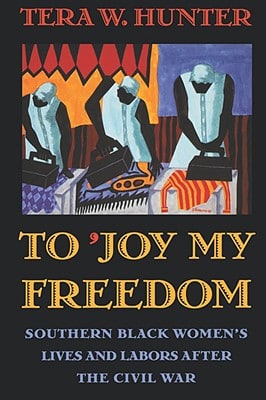 |
July 19, 1881: Atlanta Washerwomen’s StrikeBlack women in Atlanta who washed clothes for a living organized an effective Reconstruction-era strike — with demands, strategic timing, and door-to-door canvassing. They sought higher pay, respect, and autonomy over their work and established a uniform rate at $1 per dozen pounds of wash. With the help of the city’s Black ministers, they held a mass meeting and called a strike to achieve higher pay at the uniform rate. |
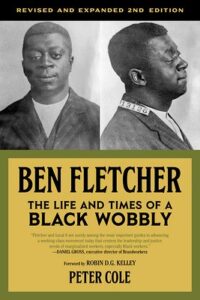 |
May 14, 1913: Longshore Strike in PhiladelphiaMore than four thousand Philadelphia longshore workers went on strike and shut down one of the busiest U.S. ports. During their two-week strike, they joined the Industrial Workers of the World (IWW), a revolutionary union committed to racial equality and socialism. They were led by Ben Fletcher — a brilliant organizer, humorous speaker, and the most prominent African American in the IWW. |
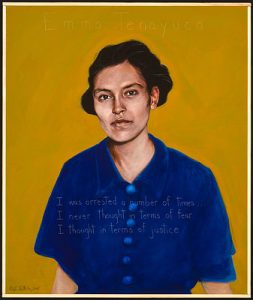 |
Jan. 31, 1938: Emma Tenayuca Leads Pecan Sheller Strike12,000 pecan shellers marched out of San Antonio factories to demand better working conditions and higher wages. They elected Emma Tenayuca as their strike leader. Later, as a result of anti-Mexican, anti-Communist, and anti-union propaganda, Tenayuca fled Texas for her safety. Eventually, she returned to San Antonio to work as a teacher. |
| More Florida History |
Feb. 19, 1968: Florida Teachers StrikeMore than 27,000 teachers and administrators from the Florida Education Association (FEA) handed in resignation letters and walked out. It was the first statewide teachers strike in the United States. “Buoyed by the civil rights struggle of the ’60s,” wrote Jody Baxter Noll, “the teachers saw 1968 as the time to engage in a radical fight against a system that had little concern for the education of Florida’s children.” |
Women in Labor History
Textbooks and media often ignore women’s activism in labor history, despite the many roles women have played to organize, unionize, rally, document, and inspire workers.
From championing better workplace conditions to cutting back the 12-hour day to demanding equal pay across racial lines, women have contributed to the labor movement.
Book Recommendations
Teacher Unions and Social Justice: Organizing for the Schools and Communities Our Students Deserve
Teacher Unions and Social Justice is a Rethinking Schools anthology of more than 60 articles documenting the history and the practical details of social justice unionism. Together, they describe the growing movement to forge multiracial alliances with communities to defend and transform public education. The collection is edited by Michael Charney, Jesse Hagopian, and Bob Peterson.
Here is a list from Social Justice Books of recommended titles for pre-K—12 and background reading for educators on labor history and labor organizing.
Films with a Conscience
These “films with a conscience” can help young people think deeply about the world. Many of these films alert students to how individuals and social movements have tried to make life better. The list includes 11 films about labor history and organizing. Many are available to stream online for little or no cost.
Most of the Zinn Education Project funding comes from individuals like you. Make a donation today and help bring people’s history lessons to millions of students.


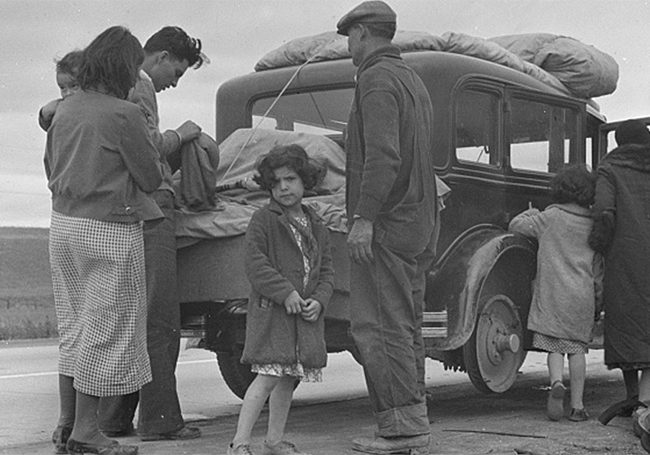


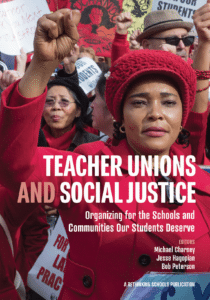

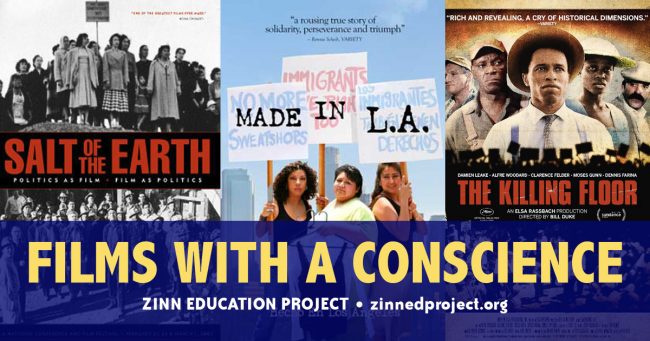
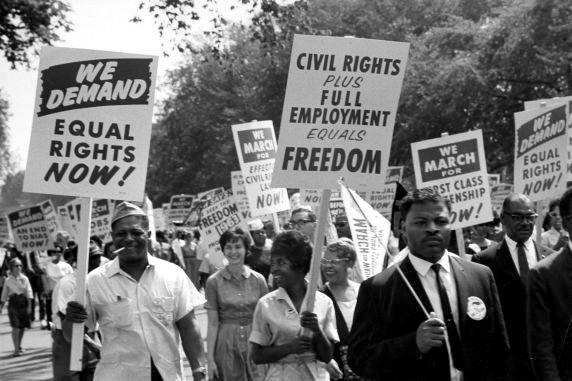







Twitter
Google plus
LinkedIn